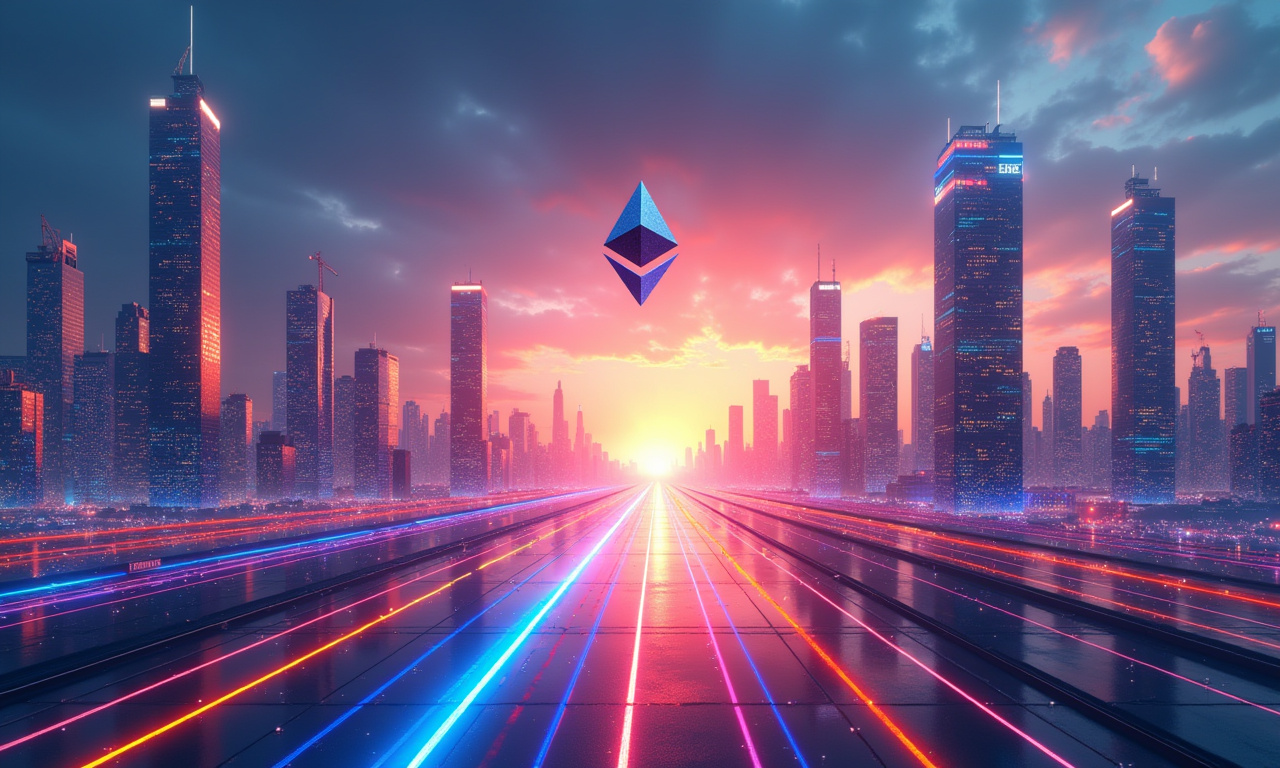The NFT bubble… who could forget those halcyon days when everyone and their grandma were minting JPEGs of bored apes and pixelated punks? Good times, right? You wouldn’t be happy if you were left in the lurch with a virtual sack of boulders. Less than the cost of your morning cup o’ joe!
The hype train derailed, folks. The masses stampeded out of the station. And now, the NFT space feels… quiet. Like the nervous hush that settles over a room after a bad punchline.
Fear not, NFT faithful! Lucky for us, Vitalik Buterin, our glorious crypto-lord has a plan. An imaginative, thoughtful plan to pump some exciting, desperately needed new blood into the veins of our precious, but soon-to-be-lifeless, digital jpegs. His proposal was to use zero-knowledge proofs to enable lightning-fast Layer 2 withdrawals.
NFTs Too Slow, Too Expensive?
Let's be honest. The worst thing about NFTs isn’t even the lame “right-click save as” trope from non-NFT folks. It’s not just the confusing website and application process that the website has created. You’d like to purchase ownership of a unique digital cat photo. Great! Prepare to spend a literal fortune in gas fees. You’ll make someone wait even longer than it would take to ship a physical painting across the country!
The current system would be based on optimistic proofs. That’s basically like ordering a pizza and then making sure a week later that the place you ordered from is safe to order from! Nobody has time for that! Vitalik’s suggested timeframe intends to reduce withdrawal times to less than an hour, and in the long run, a head-spinning 12 seconds. Imagine that: near-instant NFT gratification.
This isn’t just a matter of speed, it’s a matter of accessibility. To attract future generations of investors, we have to make NFTs fun and engaging. These young adults have been raised in an age of instant gratification and they want everything now. What is attracting older investors and do they really understand the attractiveness of a digital asset? After all, at one point the transaction fees were more than the price of the asset! I think not.
Zero-Knowledge Proofs: Magic or Math?
Okay, let's be real. Zero-knowledge proofs may sound like the stuff of a sci-fi thriller. The core idea is pretty interesting. The idea is to show that something is true without actually disclosing what that thing is. It’s the equivalent of proving you have the key to a lock but not allowing you to show the key itself.
Think of it like this: You want to prove to your friend that you know the answer to a riddle without actually telling them the answer. Or you can simply wink mysteriously and say, “Trust me, I know it. That’s almost how optimistic proofs work – a leap of faith with a very long maturation process. This is how zero-knowledge proofs operate, for instance—you prove that you know the answer to a difficult math problem without revealing how you got that answer. What you don’t do is show the answer. It is inarguably superior because it takes trust out of the equation.
This is more than just faster, useful transactions, it is about security. Even he understands that speed at the expense of security is a formula for catastrophe. He’s adamant that whatever solution you come up with has to have that same level of trust as the Ethereum mainnet. Because what’s the point of a lightning-fast NFT, if yours can be lifted in the wink of an eye?
Can This Really Save NFTs?
Here's where things get interesting. Would expedited withdrawals truly be the perfect formula to save the NFT market from the grave? I'm cautiously optimistic.
So ultimately, Vitalik’s proposal really is a step in the right direction. This is great because it addresses a major pain point in the NFT space. This breakthrough would bring innovation and new participation to reinvigorate the current, stagnated market. It's not a guaranteed fix. It's a tool, and like any tool, its effectiveness depends on how it's used.
- Lower barriers to entry: Faster and cheaper transactions make NFTs more accessible to a wider audience.
- Improved user experience: A smoother, more seamless experience encourages more trading and collecting.
- New DeFi possibilities: Faster withdrawals unlock new opportunities for integrating NFTs into decentralized finance, like using them as collateral for loans.
The reality is that we not only don’t know what the future holds for NFTs. One thing is clear: the space needs innovation, and Vitalik is leading the charge. Whether this surprising proposal saves NFTs from extinction is an open question. One thing is certain: it's going to be an interesting ride.
- The underlying problem: Maybe the problem isn't just speed and cost. Maybe people just don't see the value in most NFTs.
- Competition: Other blockchains are already offering faster and cheaper transactions. Ethereum needs to stay ahead of the curve.
- The "right-click savers": You still need to convince the skeptics regarding the intrinsic value of digital assets.
Ultimately, Vitalik's proposal is a step in the right direction. It addresses a real pain point in the NFT space and has the potential to breathe new life into the market. But it's not a guaranteed fix. It's a tool, and like any tool, its effectiveness depends on how it's used.
The truth is, the future of NFTs is still uncertain. But one thing is clear: the space needs innovation, and Vitalik is leading the charge. Whether this proposal saves NFTs from extinction remains to be seen. But one thing is certain: it's going to be an interesting ride.




